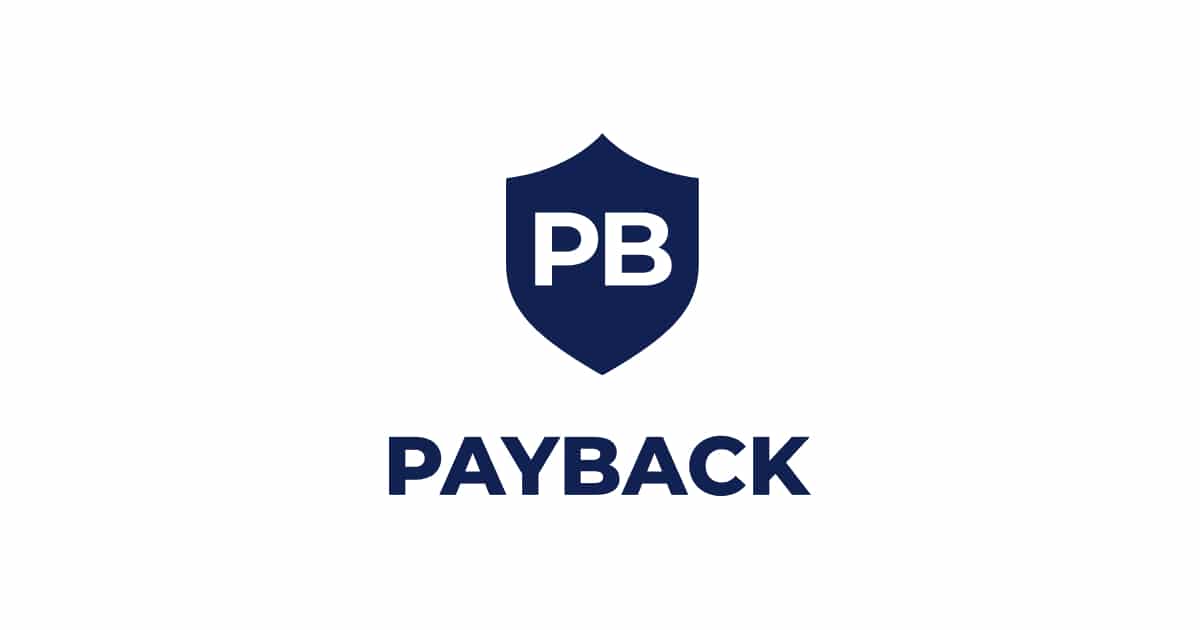Data Observability is a software tool that helps you gain a more proactive view of the health of your data. It provides column-level profiling and helps you monitor and analyze the performance of your data pipeline. This software can also be used to monitor your business processes and identify potential data issues. In this article, we’ll explore what Data Observability is and how you can benefit from it.
Data Observability is concerned with the health of your data
Data observability is the process of monitoring the health of your data. As opposed to using batch processing or data mining, data observability is concerned with the health of your data at rest. This approach is scalable, cost-effective, and ensures the highest levels of security and compliance. It also allows you to customize the solution to suit your specific needs.
Data observability involves the systematic monitoring of various aspects of the data pipeline, including the data’s volume and distribution. For example, an erratic data volume can be a sign that data is not in its correct format. Another important metric is the data’s schema. If the schema has changed, or if it has changed significantly, this can be a red flag. Data observability also takes special note of data lineage. A detailed data lineage tracks every stage in the data’s life cycle, including the data’s source, transformation, and downstream destinations.
It provides a heightened level of visibility into your data pipelines
Data Observability gives you a 360-degree view of your data, allowing you to better predict data loads and identify potential bottlenecks before they impact your business. It also helps you monitor data flow in real-time, including data volume, distribution, schema, and pipeline lineage.
Data pipelines are a complex system of processes that deliver data from one source to another. Often, raw data enters your pipeline from many sources before being transformed into structured data. Many processes are involved in this process, and not all of them go smoothly. Flaws in the pipeline can compromise even the cleanest data, resulting in leaks and errors. Data observability improves data quality and makes it possible to detect these flaws and fix them as soon as possible.
It improves column-level profiling
Data observability provides a new way to understand data and to improve it. By focusing on data at the column level, it provides data teams with the information necessary to establish new business rules or enforce existing ones. In addition, it provides them with a comprehensive view of their entire data stack, including all the columns and their data.
This new methodology uses a set of technologies and activities to provide data insights. It allows organizations to see the health of their data and to quickly solve problems. Data observability is an essential part of the DataOps movement, bringing together people, processes, and technology for agile, automated data management.
It integrates with StrongDM
StrongDM is an end-to-end data management solution that seamlessly integrates with Data Observability tools. It helps organizations understand how their data is accessed, and allows for easy collaboration across teams. It also integrates with OneLogin to help you monitor your users and simplify your analytics workflow.
Data observability is a great way to improve SLAs with stakeholders and guarantee fresh, error-free data. Furthermore, it helps organizations comply with data governance frameworks, like GDPR. This helps them avoid expensive fines for non-compliance, such as tens of millions of Euros.
It is a holistic practice
Holistic education is a type of education that cultivates the attributes of the whole child. It focuses on providing individualized opportunities for children to explore their interests and strengths. Holistic teachers must be prepared to educate students of different levels and needs. Holistic education involves many different strategies and techniques that all contribute to the overall education of a child.










